Today we present five exercises to work on praxis with your patients, both in children and adults.
Definition and types of praxis
Praxis are the acquired motor skills, that is, the organized movements we perform to carry out a plan or achieve an objective.
Within praxis we differentiate several types.
- Ideomotor: capacity to perform a simple movement or gesture intentionally.
- Ideational: capacity to manipulate objects through a sequence of gestures. This implies knowledge of the object’s function, knowledge of the action and knowledge of the serial order of the acts that lead to that action.
- Facial: capacity to voluntarily perform movements or gestures with various parts of the face. For example, lips, tongue, eyes, eyebrows, cheeks, etc.
- Visuoconstructive: capacity to plan and perform the movements necessary to organize a series of elements in space to form a final drawing or figure.
Any motor activity implies the use of this cognitive function. Activities as basic as speaking, smiling, walking or dressing involve this ability.
5 Exercises to work on praxis with your patients
Below we propose five NeuronUP exercises to work on praxis:
1. Get Dressed
We start with an activity to work on ideational praxis.
What does it involve?
This exercise consists of dressing the silhouette appropriately, taking into account both the location and order of placement of each garment as well as the type of situation (is it cold or hot, is the person going to the beach or to the mountains…).
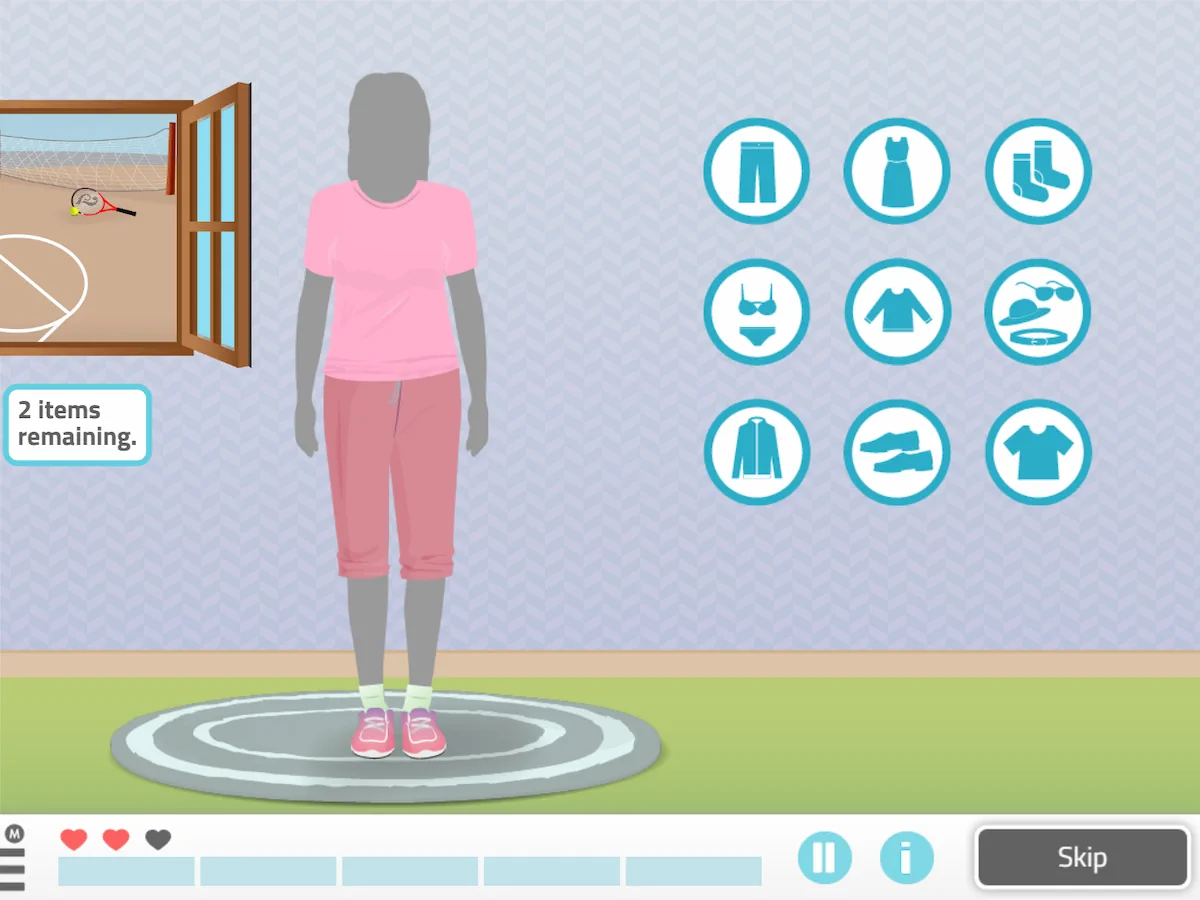
What does this activity work on?
In addition to praxis, it also works on procedural memory, body schema, semantic memory and planning.
2. Mixed Images
This exercise is designed exclusively to work on praxis with children.
What does it involve?
On one hand, the goal is for the children to move the pieces of the image until they complete the image.
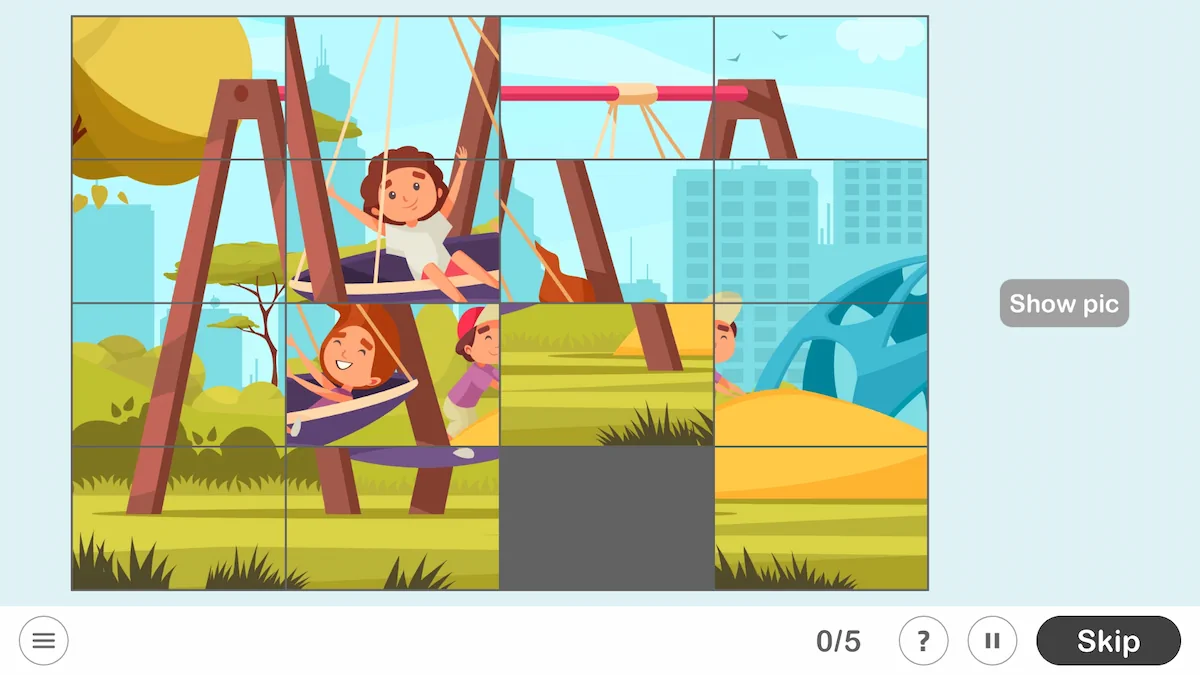
Do the children know where to move each piece?
This is how the image they form should look:
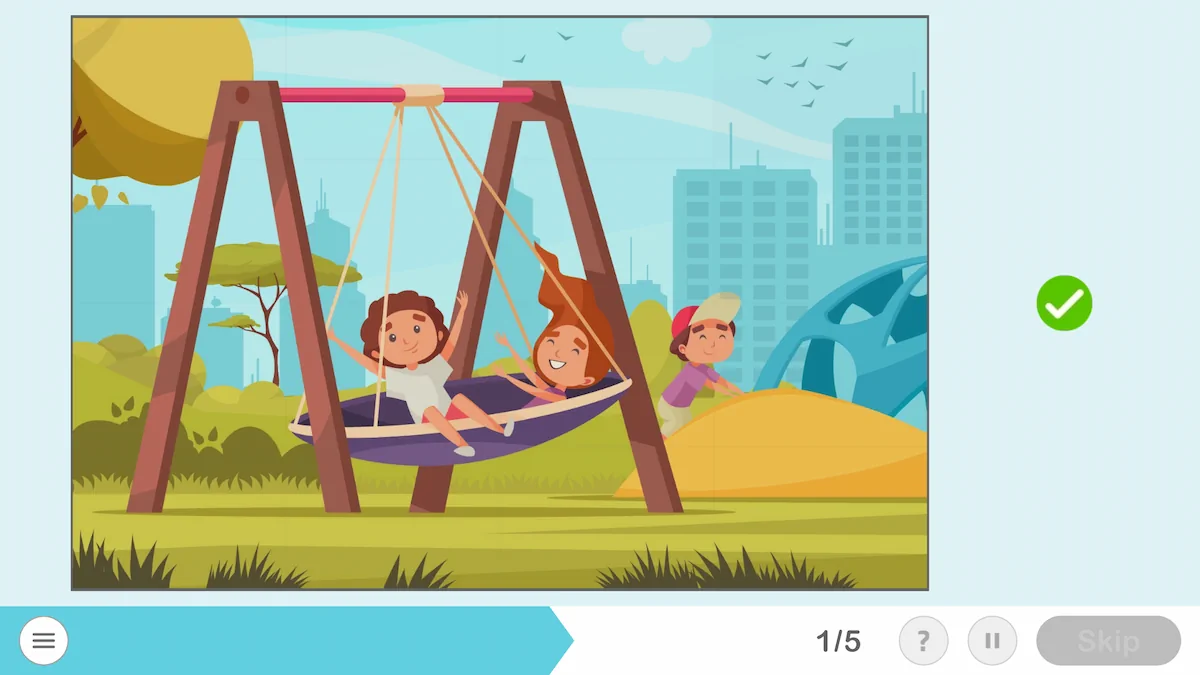
What does this activity work on?
On the other hand, it works on visuoconstructive praxis, planning and spatial relationships.
Adult version: Jigsaw Puzzle
This NeuronUP activity is also available for adults in a very similar format, but adapted to their age. The activity aimed at adults is called Jigsaw Puzzle.
What does it involve?
Adults have to put together the provided pieces to form an image.
Play by levels
As with all the platform’s games, the therapist can choose nine levels, depending on each patient’s needs. Below we show you an easy level sheet:
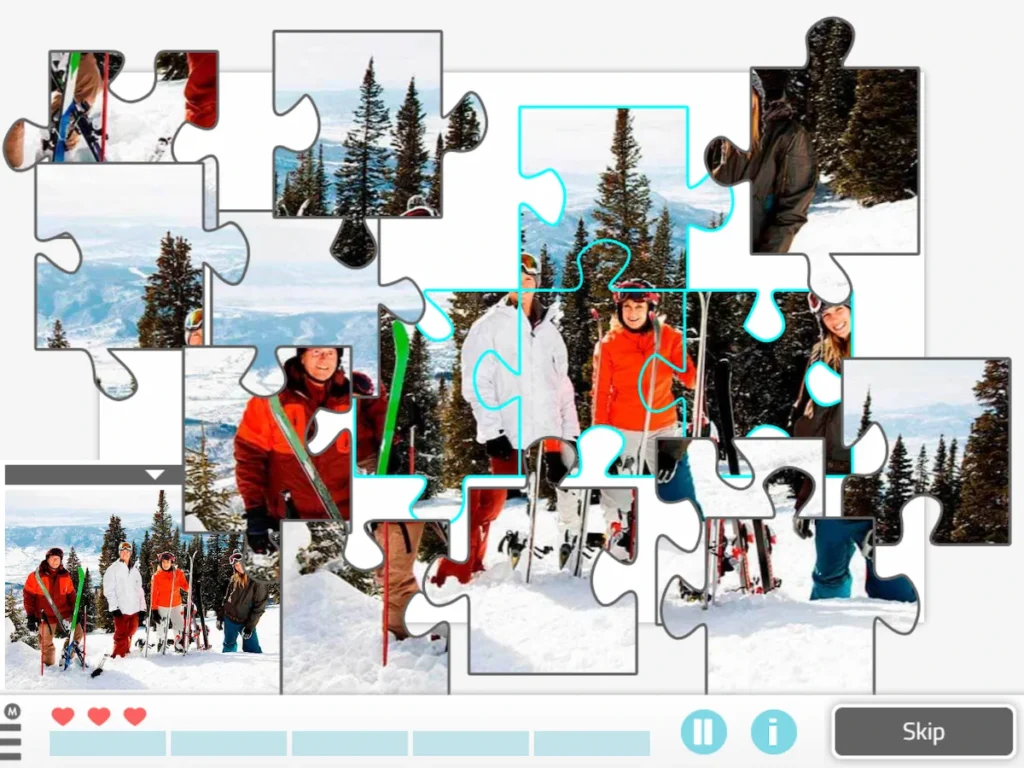
3. Escape the Labyrinth
What does it involve?
In the following activity the user must find the Escape the Labyrinth.
Activity customization
Also, as in all NeuronUP generators, the therapist can customize the activity. In this case they can choose:
- Size: number of rows and number of columns,
- solution length: maximum steps and minimum steps,
- maximum length of incorrect paths
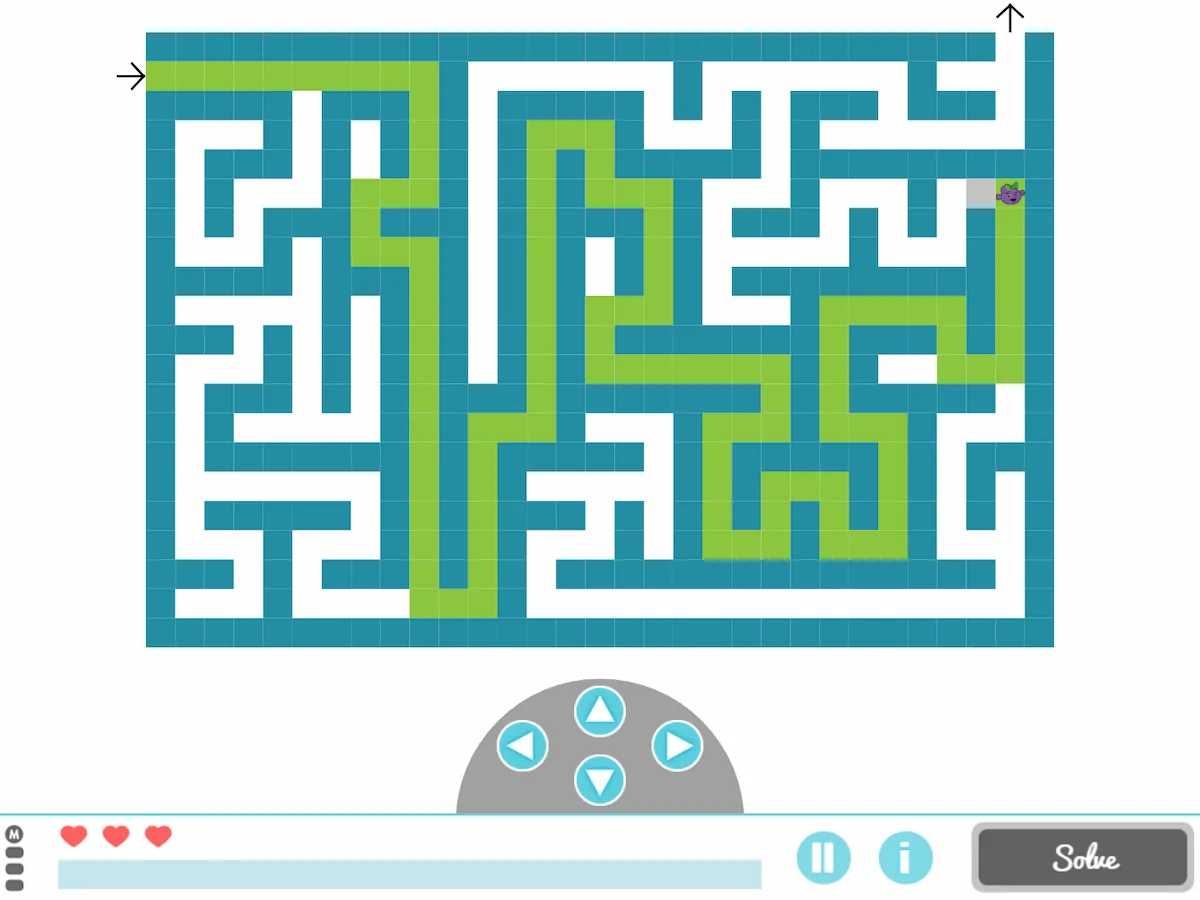
What does this activity work on?
This exercise works on visuoconstructive praxis, planning, sustained attention and processing speed.
4. Finish the Drawings
What does it involve?
This exercise to work on visuoconstructive praxis and visual gnoses in paper format consists of completing the strokes of a series of figures and objects.
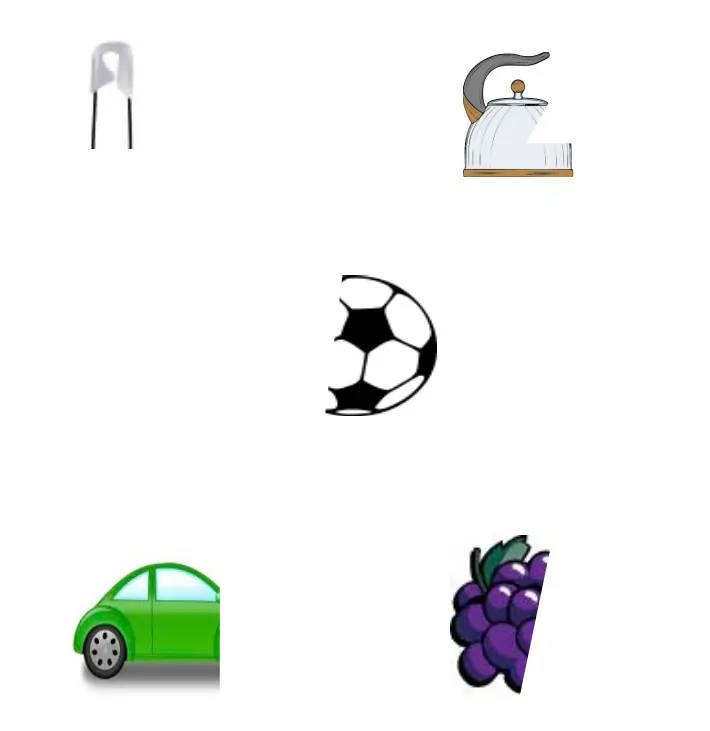
5. Complete the Symmetrical Drawings
What does it involve?
Finally, in this last paper activity to work on praxis, the patient has to complete the following drawings so that they are symmetrical.
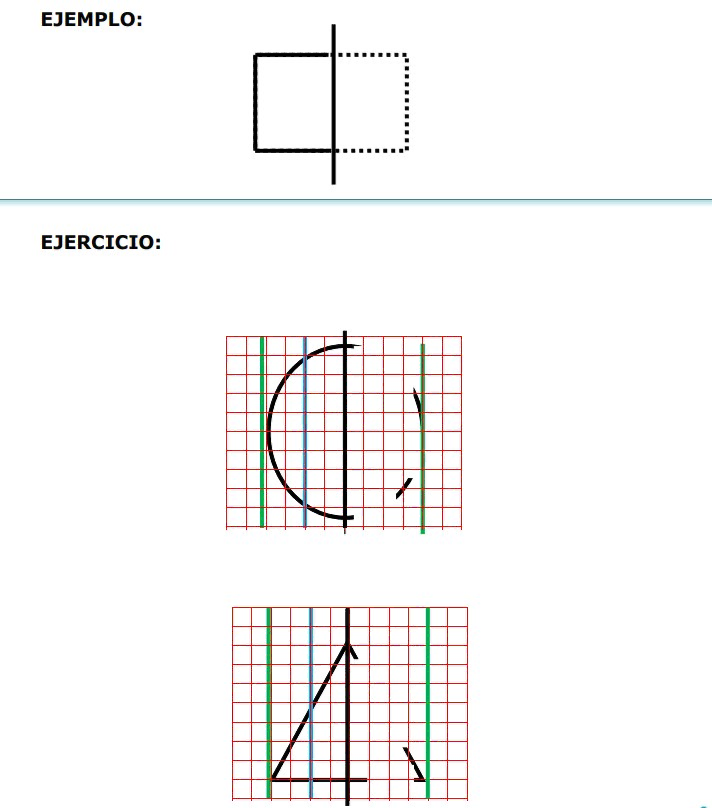
What does this activity work on?
It is ideal for working on hemineglect and visuoconstructive praxis.
If you liked this article about exercises to work on praxis with adults and children, you might also be interested in the following posts:
“This article has been translated. Link to the original article in Spanish:”
5 ejercicios para trabajar las praxias con adultos y niños
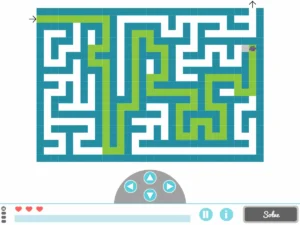



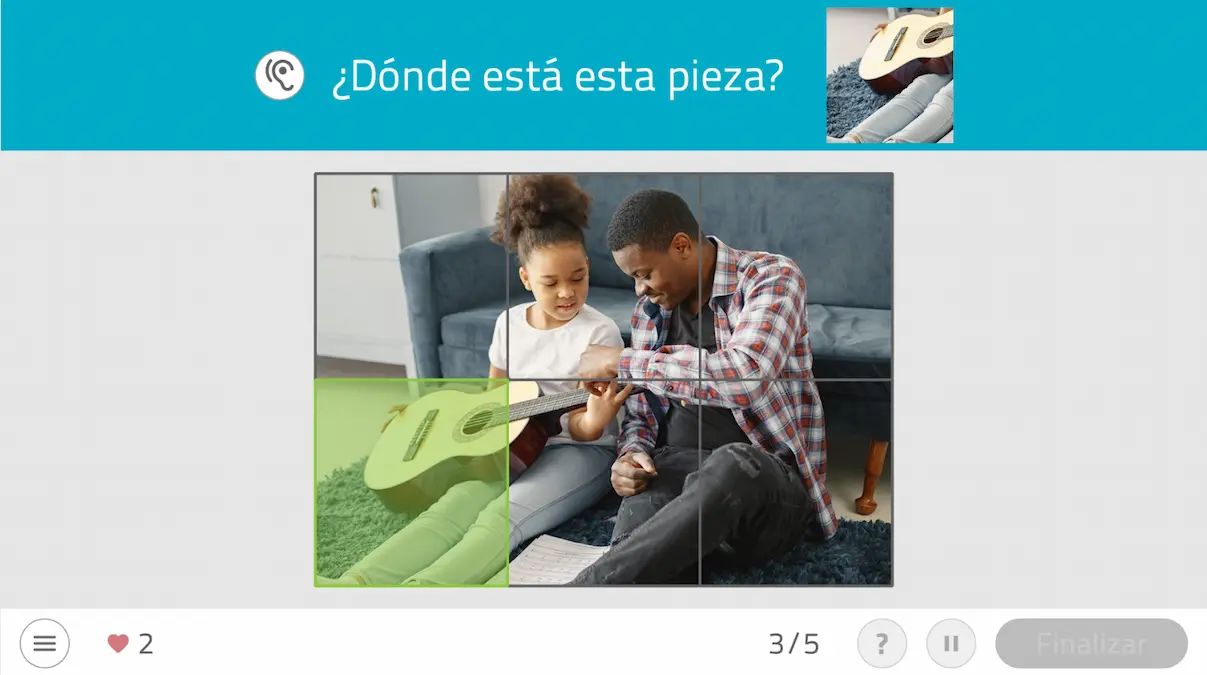
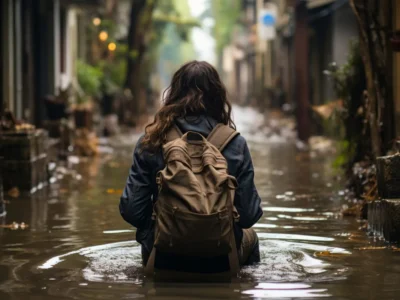
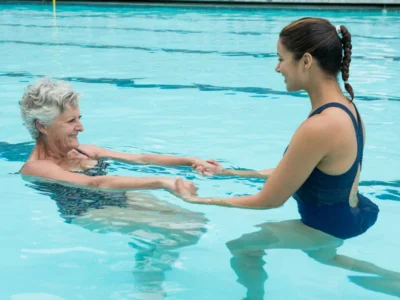
 Borderline personality disorder told in the first person
Borderline personality disorder told in the first person
Leave a Reply